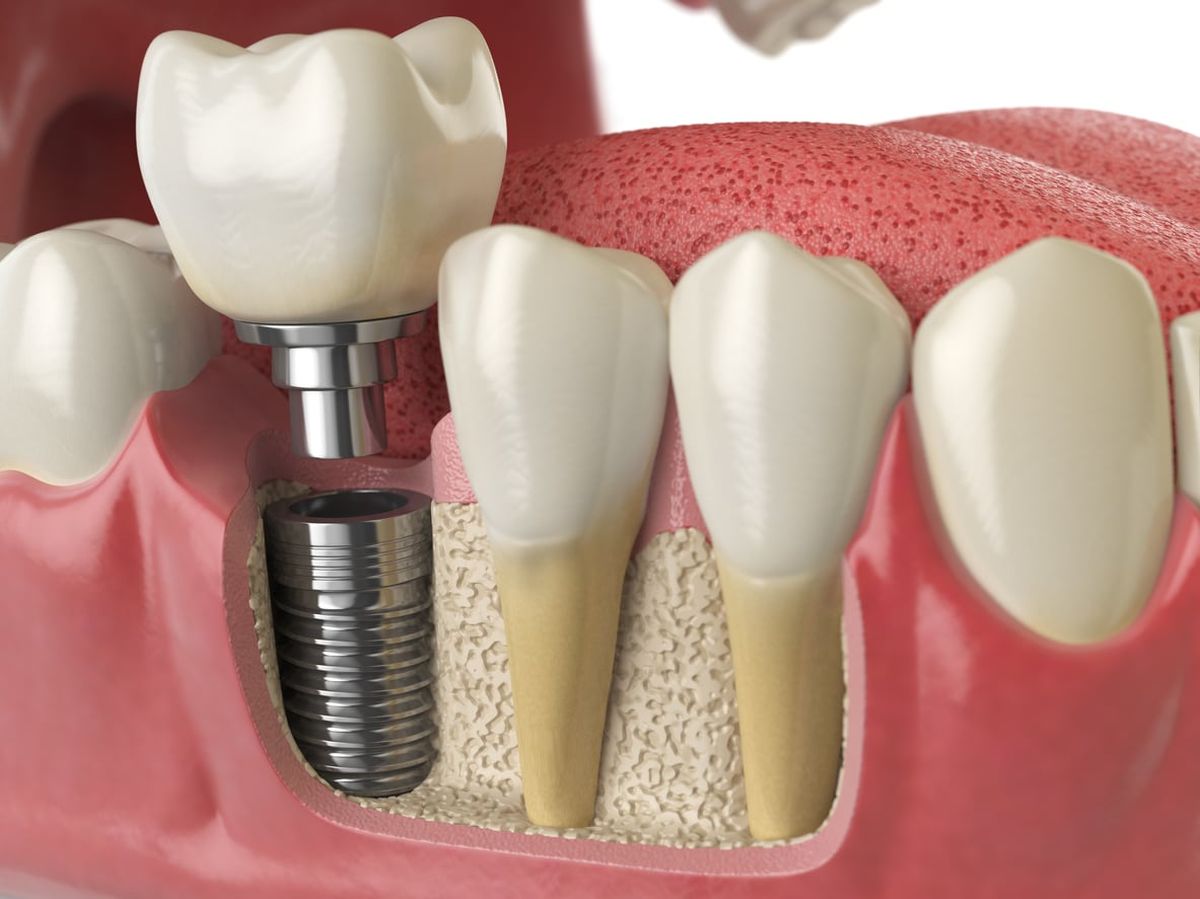
Are you curious about implants and their fascinating world? From dental to medical, implants have revolutionized how we approach health and wellness. But what exactly are implants, and why are they so important? Implants are devices or tissues placed inside or on the surface of the body. They often replace missing body parts or deliver medication directly to specific areas. Did you know that dental implants have a success rate of up to 98%? Or that cochlear implants can restore hearing for those with severe hearing loss? These tiny marvels can significantly improve quality of life. Whether you're considering an implant or just want to learn more, this list of 29 facts will give you a deeper understanding of their impact and innovation. Ready to dive in? Let's explore the incredible world of implants!
What Are Implants?
Implants are medical devices surgically placed inside the body. They can replace missing body parts, deliver medication, or support organs and tissues. Here are some fascinating facts about implants:
- Dental implants are the most common type, used to replace missing teeth.
- Cochlear implants help people with severe hearing loss by stimulating the auditory nerve.
- Breast implants are used for reconstruction after mastectomy or for cosmetic enhancement.
- Pacemakers are small devices implanted in the chest to help control abnormal heart rhythms.
- Hip implants replace damaged hip joints, often due to arthritis or injury.
- Spinal implants can help stabilize the spine and relieve pain from conditions like scoliosis or herniated discs.
History of Implants
The history of implants dates back centuries. Early attempts were rudimentary, but modern technology has revolutionized their effectiveness and safety.
- Ancient Egyptians used seashells and ivory as dental implants.
- In the 1800s, doctors experimented with gold and silver for dental implants.
- The first pacemaker was implanted in 1958 by Swedish surgeon Åke Senning.
- Modern cochlear implants were developed in the 1970s, transforming the lives of those with hearing loss.
- Breast implants were first introduced in the 1960s, using silicone gel.
- Hip replacement surgery became widespread in the 1960s, thanks to British orthopedic surgeon Sir John Charnley.
Types of Implants
There are various types of implants, each serving a unique purpose. Let's explore some of the most common ones.
- Orthopedic implants include screws, plates, and rods used to repair broken bones.
- Cardiac implants like stents and defibrillators help manage heart conditions.
- Neurostimulators are implanted to treat chronic pain and neurological disorders.
- Insulin pumps are used by diabetics to manage blood sugar levels.
- Gastric bands are implanted to help with weight loss by restricting stomach size.
- Penile implants can help men with erectile dysfunction.
Materials Used in Implants
The materials used in implants are crucial for their success. They must be biocompatible, durable, and safe.
- Titanium is commonly used for its strength and compatibility with bone.
- Silicone is used in breast implants and some joint replacements.
- Ceramics are used in hip and knee implants for their smooth surface and durability.
- Polyethylene is a type of plastic used in joint replacements.
- Stainless steel is often used in temporary implants like screws and plates.
- Biodegradable materials are being developed for implants that dissolve over time.
Risks and Complications
While implants can greatly improve quality of life, they come with risks and potential complications.
- Infection is a risk with any surgical procedure, including implant placement.
- Implant rejection can occur if the body sees the implant as a foreign object.
- Wear and tear can cause implants to fail over time, requiring replacement.
- Nerve damage can happen during implant surgery, leading to pain or loss of function.
- Allergic reactions to implant materials, though rare, can occur.
Implants have come a long way from their ancient origins. They continue to evolve, offering new hope and improved quality of life for many.
Final Thoughts on Implants
Implants have transformed modern medicine. From dental to orthopedic, these tiny marvels improve lives daily. They offer solutions for missing teeth, joint pain, and even hearing loss. With advancements in technology, implants are becoming more efficient and less invasive. The success rate is high, and the benefits often outweigh the risks. However, it's crucial to consult with a healthcare professional to determine the best option for individual needs. Understanding the facts about implants can help make informed decisions. Whether considering a dental implant or a hip replacement, knowing the pros and cons is essential. Implants aren't just medical devices; they're life-changers. They restore function, boost confidence, and enhance quality of life. So, if you're contemplating an implant, remember the incredible impact it can have. The future of implants looks promising, with ongoing research and innovation leading the way.
Was this page helpful?
Our commitment to delivering trustworthy and engaging content is at the heart of what we do. Each fact on our site is contributed by real users like you, bringing a wealth of diverse insights and information. To ensure the highest standards of accuracy and reliability, our dedicated editors meticulously review each submission. This process guarantees that the facts we share are not only fascinating but also credible. Trust in our commitment to quality and authenticity as you explore and learn with us.
